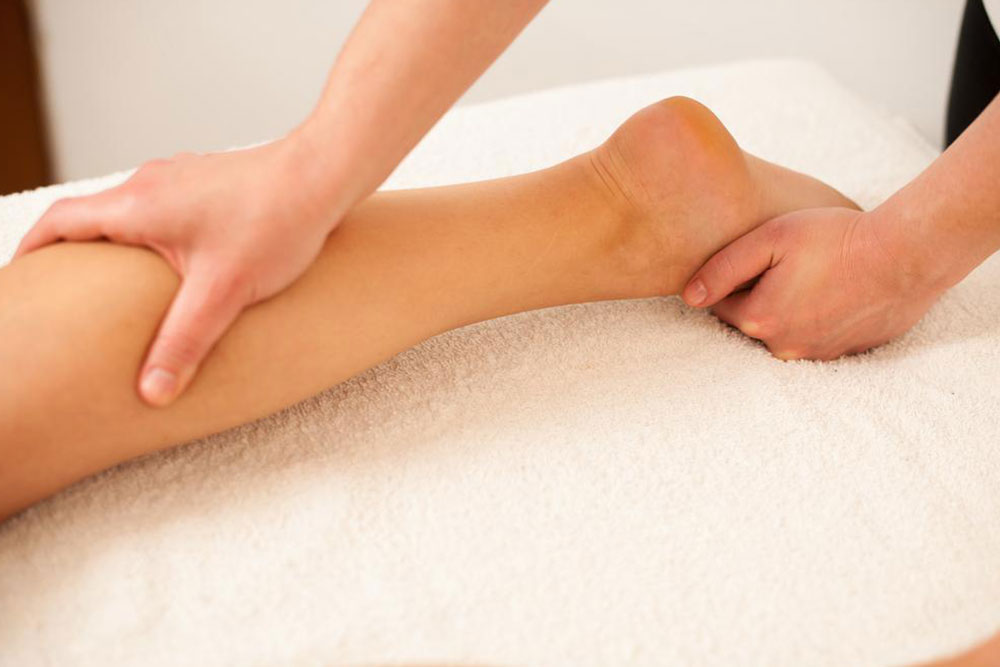Precautions to be taken after thrombosis treatment
After the patient has been treated for thrombosis, it is fine to be physically active. If the thrombosis is in the form of acute DVT or pulmonary embolism, walking and doing light household work may not do any harm. However, if there is a lot of leg pain from the DVT or shortness of breath from pulmonary embolism even after the treatment, the person should refrain from any sort of exertion.

From previous cases, it is observed that being highly active after one month of treatment from thrombosis does not prove to be detrimental. It may actually be beneficial and may also avoid any further symptoms of post-thrombotic syndrome.
If you are an athlete, then there are no official guidelines as to how quickly can you return to exercising after getting treated from thrombosis. Every patient has a different exercise requirement. It all depends on the type of thrombosis and its severity that how long will it take for the person to recover from the treatment of thrombosis. The appropriate time to refrain from any athletic activities varies anywhere between 10 to 14 days after the treatment from DVT or pulmonary embolism. To lessen the deconditioning during this period of relative inactivity, the person, on advice from a physician may do some strength training. If the thrombosis involves leg, then it is advisable to do arm and trunk exercises and if the thrombosis involves arms then in that case leg and trunk exercises are recommended.
A similar approach should be followed regarding yoga. It is safest to do very moderate yoga and avoid those yoga activities that involve extreme body positions in the first two weeks after the thrombosis has been treated.
Whatever you do, it is highly advisable that you indulge in any kind of physical activity only after consulting a physician or the doctor that has treated your thrombosis.